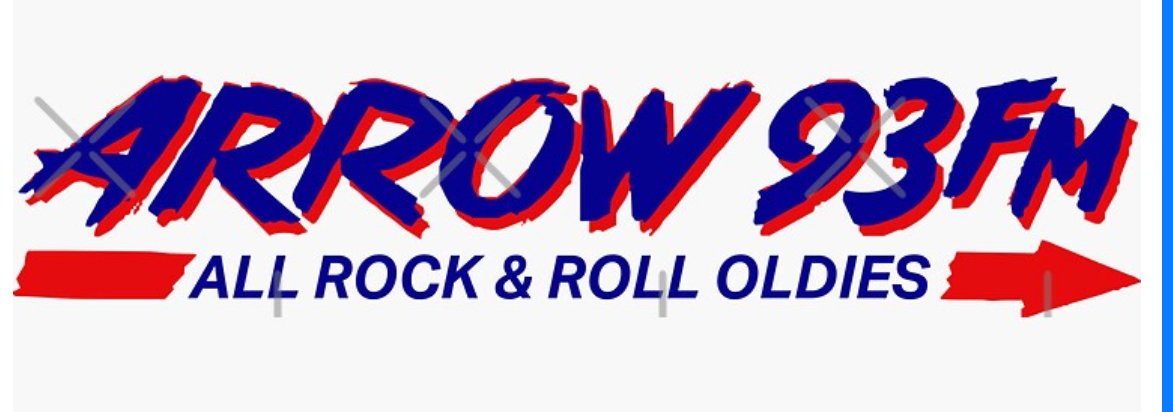Let’s face it. It’s a competitive jungle out there in the media world and too often companies who have lost their way or can’t compete like they used to are faced with one of the most difficult decisions they will ever make - Brand Relaunch.
In radio it’s blowing up a long-in-the-tooth radio format that’s been sick too long and not only developing a new approach but rebranding the station.
How to convince management/ownership to take such a drastic step?
Convincing an owner to rebrand can be a delicate process, but here are some compelling reasons that might persuade them:
Relevance: If the brand no longer resonates with the current market or audience, a rebrand can inject new life and relevance.
Differentiation: When a brand fails to stand out in a crowded market, rebranding can help differentiate it from competitors.
Evolution: Businesses evolve, and sometimes the brand must evolve too, to reflect changes in strategy, vision, or target audience.
Modernization: A dated brand might struggle in today’s fast-paced digital world. Rebranding can modernize the brand’s image and appeal to a tech-savvy audience.
Mergers and Acquisitions: In the case of a merger or acquisition, a rebrand can unify the new entity and present a cohesive brand to the public.
Reputation Management: If the brand has suffered damage to its reputation, rebranding can distance the business from past negative associations.
Market Repositioning: When shifting focus to a new product line or demographic, rebranding can align the brand with its new direction.
Innovation: A rebrand can signal innovation and forward-thinking, attracting new customers and retaining existing ones.
Launching a new brand in a competitive media market requires a strategic approach and careful planning. Here’s a step-by-step guide to create a successful brand launch:
Market Research: Conduct thorough research to understand the competitive landscape, market trends, and consumer behavior.
Define Your Brand’s Identity: Establish a clear brand identity that includes your mission, vision, values, and unique selling proposition (USP).
Understand Your Target Audience: Identify your ideal customers’ demographics, psychographics, pain points, and aspirations.
Create a Buzz-Worthy Launch Strategy: Develop a marketing strategy that will generate excitement and anticipation for your brand launch.
Develop Marketing Materials: Ensure all marketing materials, including website content, press releases, and social media posts, are aligned with your brand identity.
Media Outreach: Reach out to relevant media outlets for potential coverage to increase brand visibility.
Utilize Multiple Channels: Consider using various channels like social media influencers, magazine editors, content creators, or local media to spread the word3.
Email Campaigns: Set up and test email campaigns for user notifications and announcements.
Objective Setting: Clearly define your objectives for the brand launch and ensure all activities align with these goals.
Agency Briefing and Creative Development: If working with an agency, provide a comprehensive briefing and collaborate on creative development.
Media Planning: Don’t launch a new brand without marketing. Plan your media buying strategically to target your audience effectively.
Campaign Timeline: Establish a timeline for your campaign, detailing each step and its corresponding timeframe.
Read the Ríes & Trout books on positioning.
Remember, launching a new brand is a significant undertaking that requires time, resources, and commitment. It’s essential to be prepared for the long haul and to adapt your strategy as needed based on market feedback and performance metrics. Good luck with your brand launch!




